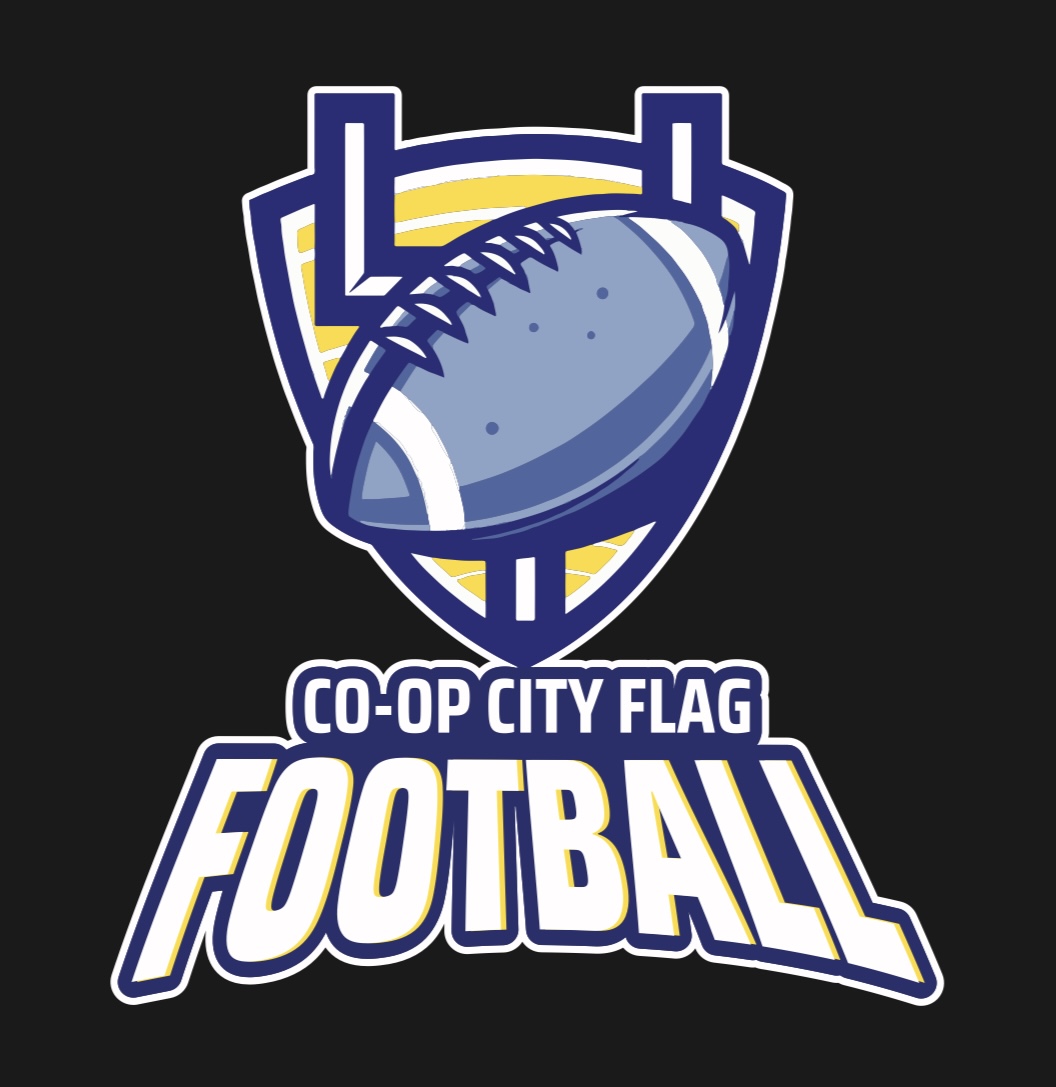Flag Football Rules / Overview 2023

2023 will be our inaugural flag football season starting August 26th and ending October 7th.
Practices will be 90 min...
Cub Division - TBD 5:45 pm
Bobcat Division - TBD 5:45pm
Wildcat Division - TBD 5:45pm
Panther Division- TBD 5:45 pm
Games will be Played on Saturdays....
Cub Division - Saturday 10:00 am / (2) 15:00 min half with 6 min break in between.
Bobcat Division - Saturday 10:00 am / (2) 17:00 min half with 6 min break in between.
Wildcat Division - Saturday 11:15 am / (2) 18:00 min half with 8 min break in between.
Panther Division - Saturday 12:30 pm / (2) 20:00 min half with 10 min break in between.
*** all based on 4 teams in each division
Here’s a quick overview of how to play flag football: Every game begins with a coin toss to determine which team will start with the ball (there’s no kickoff per NFL FLAG football rules). Games are two 15 to 25 minute halves, depending on the league, and the clock only stops for injuries, half-time and timeouts (each team has one 60-second timeout per half).
The starting team begins on its own 5-yard line and has four downs (essentially four plays) to cross midfield for a first down. If the offense fails to advance after three tries, they have two options: they can "punt," which means they turn the ball over to the opposing team who starts its drive from its own 5-yard line, or they can go for it. But if they still fail to cross midfield, the opposing team takes over possession from the spot of the ball.
If the offensive team crosses midfield, they have three downs to score a touchdown. The rules of flag football only differ slightly from tackle when it comes to scoring: a touchdown is 6 points and a safety is 2 points (1-point conversion from the 5-yard line; 2-point conversion from the 10 yrd line.
BASIC FLAG FOOTBALL RULES
When learning how to play flag football, it’s best to start with the basics. In NFL FLAG football leagues, teams play 5 on 5 and each game consists of two halves, usually 15 to 25 minutes long. Tournament games are typically shorter with two, 10 to 12 minute halves. The clock only stops for halftime, timeouts (each team has 2), or injury, making games quick and competitive. Each player has a specific role on the field and every play counts.
The most important rule in flag football is that there’s no contact allowed, including tackling, diving, blocking, screening or fumbles. Instead of physically tackling an opponent to the ground, players wear flags that hang along their sides by a belt. Defenders “tackle” the ball-carrier by removing one or both of their flags.
While this rule is designed to keep players safe, there are several other rules that limit contact among players, including:
-
The quarterback isn’t allowed to run with the ball, unless it was handed off first. They can run behind the line of scrimmage, but they can’t gain yardage.
-
All passes must go forward and be received beyond the line of scrimmage.
-
There are no fumbles. Instead, the ball stays in possession of the offense and is spotted where the ball-carrier’s feet were when the fumble occurred.
-
The ball is dead when: the ball-carrier’s flag is pulled, the ball-carrier steps out of bound, a touchdown or safety is scored, the ball-carrier’s knee hits the ground, or the ball-carrier’s flag falls off.
-
Players can’t obstruct or guard their flags.
-
The quarterback has seven-second pass clock to get rid of the ball
-
The quarterback can’t run with the ball unless it was handed off first
-
Offensive players must steer clear of the rusher and may not get in his/her way
-
Any defensive player lined up seven yards off the line of scrimmage is eligible to rush after 7 seconds
-
If the ball is handed off, any defender may rush
-
Interceptions are returnable (even on extra point attempts)
-
The ball is dead when it hits the ground, the offensive player’s flag is pulled from their belt, the ball-carrier steps out of bounds, or the ball-carrier’s body—outside of their hands or feet—touches the ground
-
All offensive flag football penalties result in a loss of down.
-
All defensive flag football penalties result in a automatic first down.





